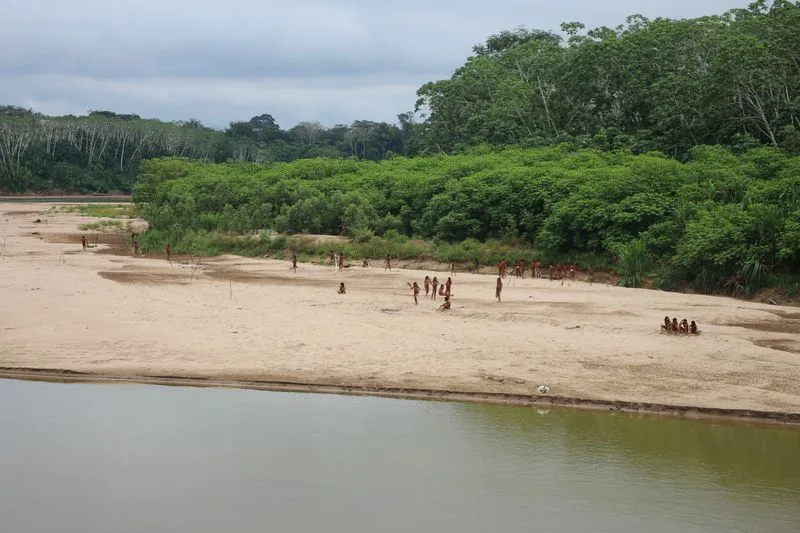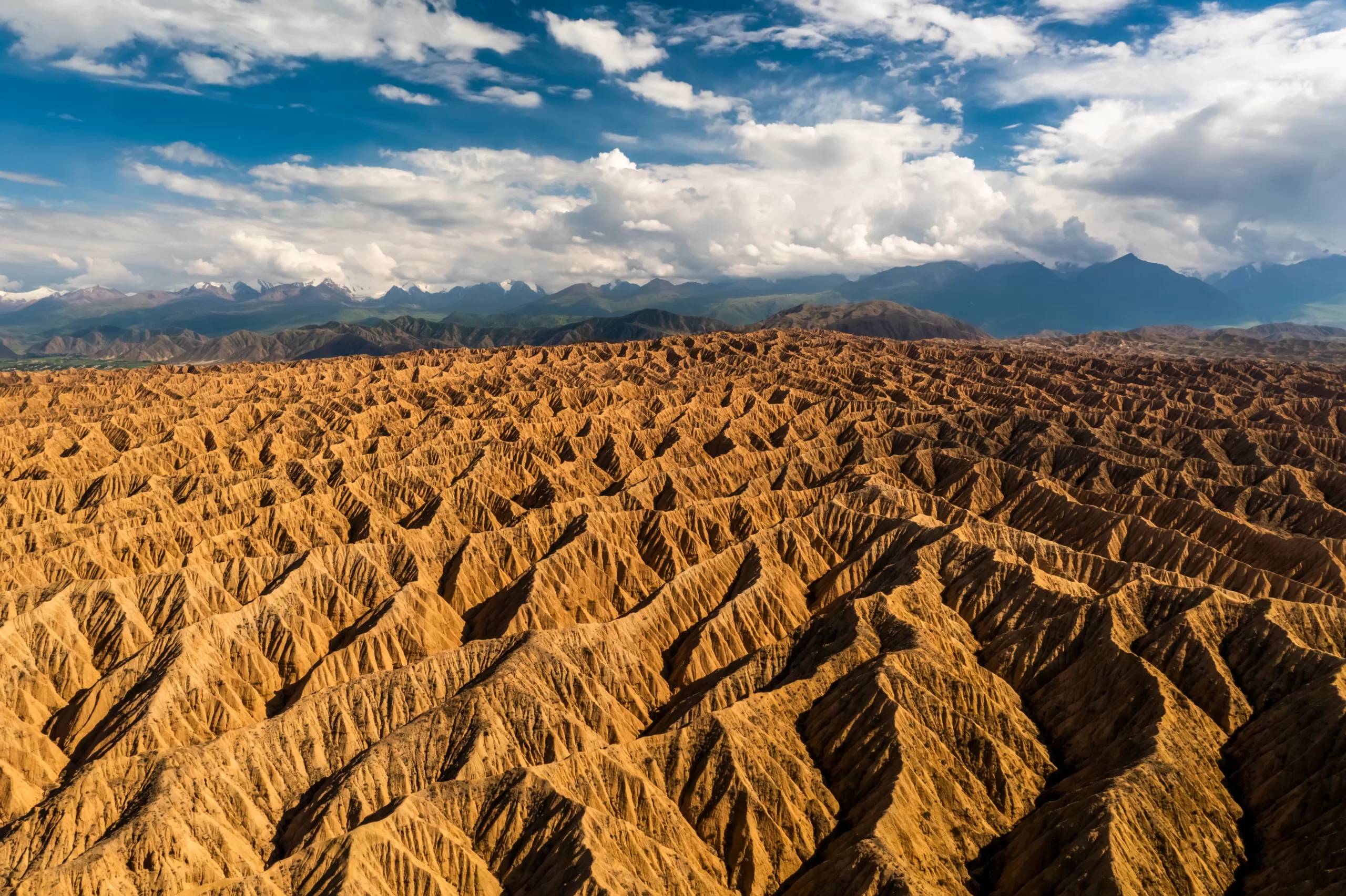As global temperatures rise, desert climates have spread north by up to 100 kilometres in parts of Central Asia since the 1980s, a climate assessment reveals.
The study, published on 27 May in Geophysical Research Letters, also found that over the past 35 years, temperatures have increased across all of Central Asia, which includes parts of China, Uzbekistan and Kyrgyzstan. In the same period, mountain regions have become hotter and wetter — which might have accelerated the retreat of some major glaciers.
Such changes threaten ecosystems and those who rely on them, says Jeffrey Dukes, an ecologist at the Carnegie Institution for Science’s Department of Global Ecology in Stanford, California. The findings are a “great first step” towards informing mitigation and adaptation policies, he says.
DRIER AND HOTTER
More than 60% of Central Asia has a dry climate with infrequent rainfall. With little water available for plants and other organisms, much of the region is vulnerable to rising temperatures, which boost water evaporation in the soil and heighten the risk of drought. Previous climate-change research has reported average changes in temperatures and rainfall for large parts of Central Asia, but that provided limited localized information for residents, says study co-author Qi Hu, an Earth and climate scientist at the University of Nebraska–Lincoln. “We need to know the important subtleties of climate change in specific areas,” Hu says.
Hu and climate scientist Zihang Han at Lanzhou University in China used air temperature and precipitation data from 1960 to 2020 to divide Central Asia into 11 climate types.
They found that since the late 1980s, the area classed as having a desert climate has expanded eastwards, and has spread north by as much as 100 kilometres in northern Uzbekistan and Kyrgyzstan, in southern Kazakhstan and around the Junggar Basin in northwestern China. Hu says this is a substantial expansion and has had a domino effect on adjacent climate zones, which have also become drier. In some areas, the annual average temperature was at least 5 °C higher between 1990 and 2020 than it was between 1960 and 1979, with summers becoming drier and rainfall occurring mostly during winter.
Over time, increasing temperatures and decreasing rainfall will see plant communities becoming dominated by species that are adapted to hotter and drier conditions, says Dukes. “That’s going to have consequences for things like the grazing animals that are dependent on the steppe or the grasslands,” he says. In some regions, he adds, extended periods of drought will reduce the land’s productivity until it becomes ‘dead’ soil.
WARMER AND WETTER
The team found a different situation in mountain regions. In the Tian Shan range of northwestern China, rising temperatures have been accompanied by an increase in the amount of precipitation that falls as rain rather than snow. Higher temperatures and increased rainfall contribute to melting ice at high elevations, which might explain the unprecedented shrinking rate of glaciers in this range, Hu says.
With a reduction in snowfall, glaciers in Central Asia will not replenish lost ice, meaning that less meltwater will flow to people and crops in the future, says Troy Sternberg, a geographer at the University of Oxford, UK.
GLOBAL PROBLEM
Desertification is an issue in Central Asia and other parts of the world, says Mickey Glantz, a climate scientist at the University of Colorado Boulder. But to conclude definitively that deserts are expanding, researchers should look at indicators such as dust storms and heatwaves, rather than relying solely on climate classification.
Human activities such as mining and agriculture also contribute to desertification, Sternberg notes. So governments in Central Asia should focus on sustainable farming and urbanization, he says. “Central Asia, like the rest of the world, should pay attention to the changing climate and try to be more adaptable to it.”








